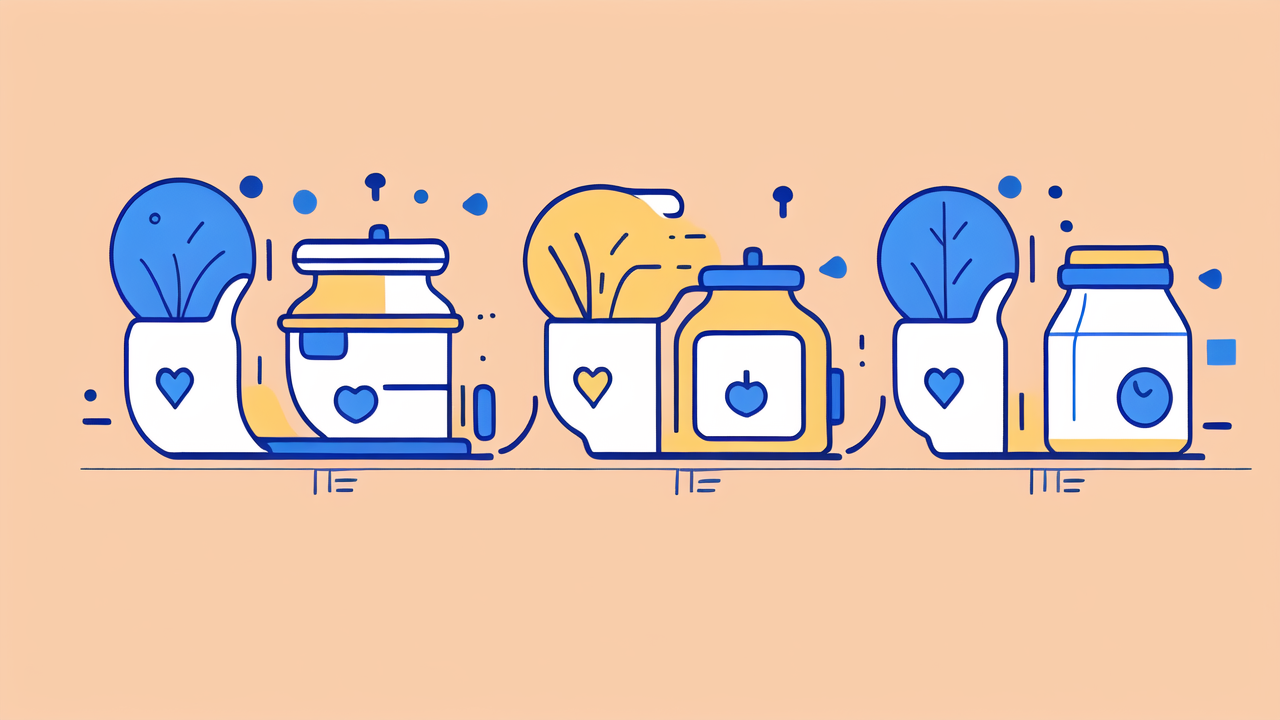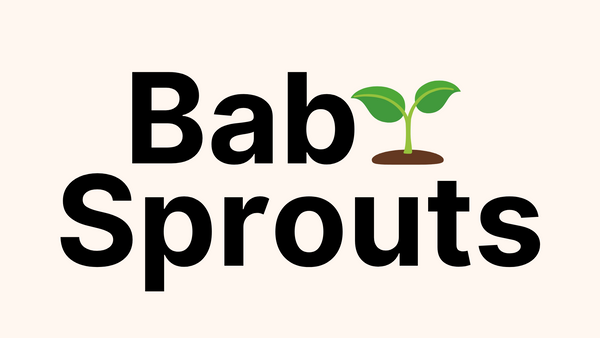
Is Your Baby Sleeping Face Down? Understanding Safe Sleep Positions for Infants
The Importance of Safe Sleep Positions for Baby's Health
How Sleep Positions Affect Infant Development
Sleep positions play a crucial role in a baby's growth and development. Proper positioning ensures a baby's comfort and safety. It also aids in the natural development of their muscles and bones.

Babies who sleep on their backs have better head shape development. This position reduces the risk of flat spots on the skull. It also promotes better neck and shoulder muscle strength.
Side sleeping can lead to uneven muscle development. It may cause one side of the body to be stronger than the other. However, tummy time during awake hours is essential for upper body strength.
Sleeping face down can hinder breathing and increase the risk of suffocation. It may also delay important milestones like rolling over and crawling. Always place babies on their backs for sleep.
The Role of Safe Sleep Positions in Reducing SIDS
SIDS (Sudden Infant Death Syndrome) is a major concern for parents. Safe sleep positions are crucial in reducing this risk. The "Back to Sleep" campaign has significantly lowered SIDS cases.
Placing babies on their backs to sleep is the safest position. It keeps their airways open and reduces the risk of overheating. This position also makes it easier for babies to move their arms and legs.
Avoid soft bedding, pillows, and toys in the crib. These items can pose suffocation hazards. Use a firm mattress with a fitted sheet. Keep the sleeping area clear of any loose items.
Room-sharing, but not bed-sharing, is recommended for the first six months. This allows parents to monitor the baby while maintaining a safe sleep environment. Always follow pediatrician advice for safe sleep practices.
Top Hand Casting Kits for Creating Safe Sleep Spaces
Factors to Consider When Choosing a Hand Casting Kit
When selecting a hand casting kit for baby sleep spaces, consider safety first. Look for non-toxic, hypoallergenic materials that are safe for infant skin. Ensure the kit is easy to use and clean.

Durability is key. Choose a kit that produces long-lasting casts. This allows you to create memorable keepsakes of your baby's growth. Look for kits with high-quality molding materials.
Consider the level of detail the kit can capture. Some kits offer more intricate results than others. This is important if you want to preserve fine details of your baby's hands or feet.
Check the drying time of the casting material. Faster-drying options are better for fidgety babies. However, slower-drying materials may capture more detail. Balance these factors based on your needs.
Expert Tips on Using Hand Casting Kits for Baby Sleepers
When using hand casting kits, timing is crucial. Choose a time when your baby is calm and content. After feeding or during nap time often works well. This ensures a smoother casting process.
Prepare all materials before starting. This minimizes the time your baby needs to stay still. Have warm water, towels, and the casting kit ready. Enlist help from another adult if possible.
Gently support your baby's hand or foot while making the cast. This ensures a good impression without discomfort. Be patient and gentle throughout the process. Comfort your baby if they become fussy.
Allow the cast to dry completely before removing. Follow the kit's instructions carefully. Rushing can lead to broken or incomplete casts. Once dry, carefully remove the cast and trim any rough edges.
Consider creating multiple casts over time. This allows you to track your baby's growth. It also provides backup in case one cast doesn't turn out perfectly. Display the casts in the nursery as unique decor.
Innovative Solutions and Products for Baby Sleeping
Combining Technology and Traditional Methods for Safe Sleep
Modern baby sleep solutions blend technology with traditional practices. Smart baby monitors now offer real-time data on sleep positions and breathing patterns. This gives parents peace of mind while following safe sleep guidelines.

Wearable devices can track a baby's movements and vital signs. These gadgets alert parents to any irregularities. However, they should complement, not replace, safe sleep practices.
Some cribs now come with built-in cameras and sensors. These monitor the baby's position and environment. They can alert parents if the baby rolls onto their stomach or if room conditions change.
Despite technological advances, traditional methods remain important. Swaddling, when done correctly, can promote safe back sleeping. Always follow current safety guidelines when swaddling infants.
How New Products Are Changing the Baby Sleeping Landscape
Innovative sleep sacks are replacing loose blankets in cribs. These wearable blankets keep babies warm without the risk of covering their faces. They come in various sizes to grow with the baby.
Breathable mattresses are gaining popularity. These allow air to circulate, reducing the risk of overheating. Some even claim to reduce the risk of suffocation if a baby rolls over.
Sleep positioners, while controversial, are evolving. Newer designs focus on gentle support rather than restrictive positioning. Always consult with a pediatrician before using any sleep positioner.
White noise machines and gentle nightlights are now standard in many nurseries. These create a soothing sleep environment. Some even mimic the sounds of the womb to comfort newborns.
Remember, while products can aid in safe sleep, nothing replaces parental vigilance. Always follow current safety guidelines and consult with healthcare professionals for personalized advice.
